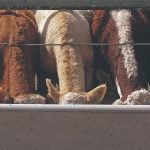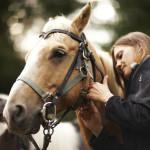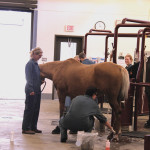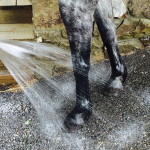
Tag Archives Horse Health
Injuries to coronary band need extra TLC
Horse Health: Coronary band injuries commonly occur when trailering horses

Lice and ticks and horses
Horse Health: Horses that have stressed immune systems are more vulnerable

Biosecurity practices for horses
Horse Health: Infectious organisms are effective 'hitchhikers' so avoid sharing water buckets and equipment at shows

Winter is the ideal season for healthy weight loss in horses
Horse Health: Hay nets are a good way to prevent horses from overfeeding during the colder months

A dirty job on horses that doesn’t need doing
Horse Health: Routine sheath cleaning is unnecessary for most male horses

Demystifying equine lameness
Horse Health: Overtraining young horses can set the stage for lameness issues later in life

Understanding and controlling the risk of EIA
Horse Health: Horses that test positive must be euthanized or quarantined for life

Aging horses by their teeth
Horse Health: System is more of a guideline than an absolute determination

Bringing the advantages of hydrotherapy to your horse
Horse Health: It is soothing as well as therapeutic when dealing with wounds or injuries

Horses are prone to allergic reactions
Horse Health: There are multiple triggers that can cause either skin or respiratory reaction


